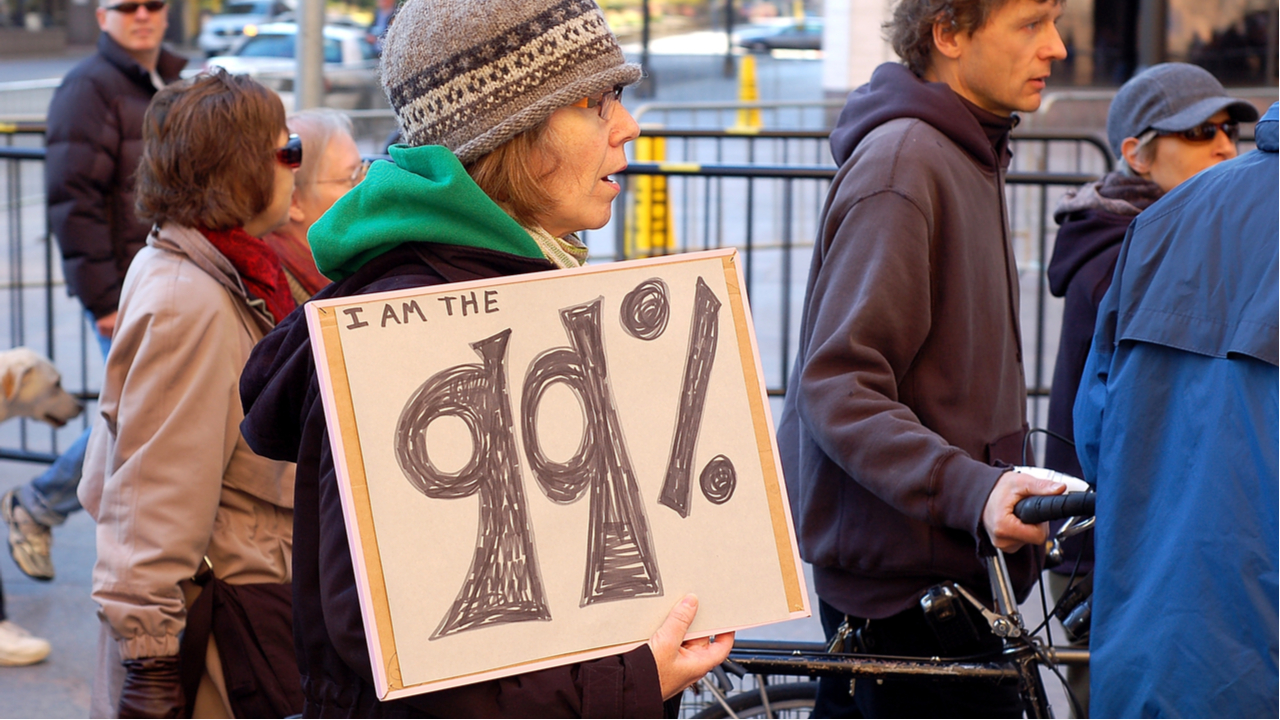According to data from the U.S. Census Bureau, income inequality last year reached its highest level in more than 50 years. The widening gulf between the rich and the rest of the country came as a record-long economic expansion continued, but disproportionately benefitting the nation’s wealthiest families.
The Gini index measures wealth distribution, and Gini’s recent reading for the U.S. of 0.485 is the highest reading since the Gini index was started in 1967. Jay Powell, the chairman of the Federal Reserve, has echoed concerns about economic mobility in the U.S. In February, he said that income inequality would be one of the biggest challenges facing the U.S. over the next decade. He said, “We want prosperity to be widely shared, and we need policies to make that happen.”
Sam Pizzigati, associate fellow at the Institute for Policy Studies, joined Between the Lines to discuss the Census Bureau report and other indicators of rising economic inequality, as well as policy options to reverse the continuing upward trend in wealth disparity.
